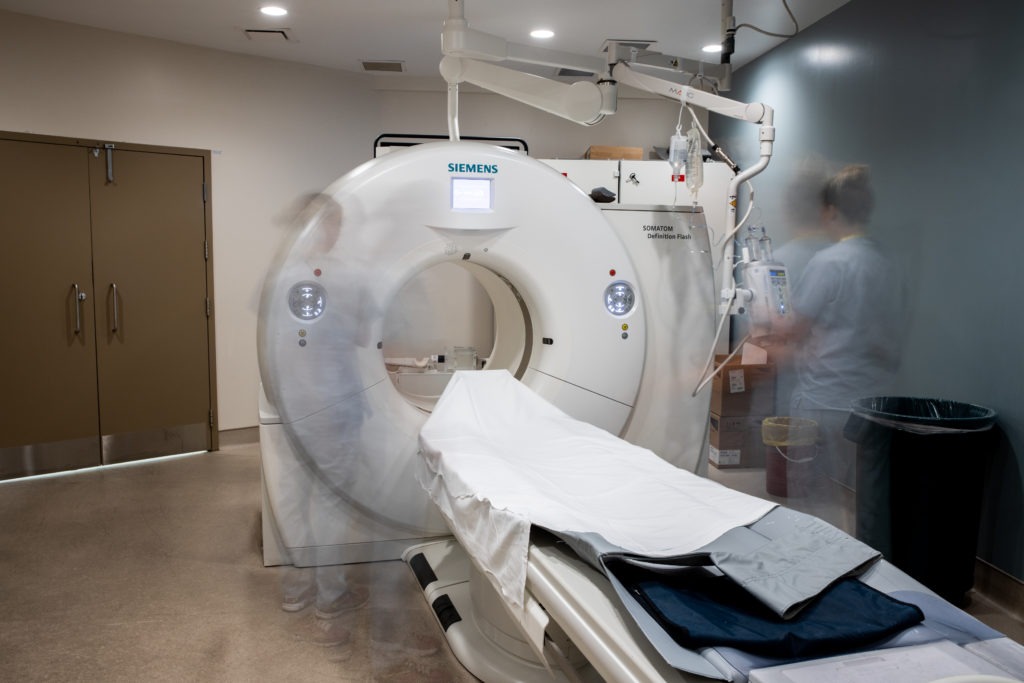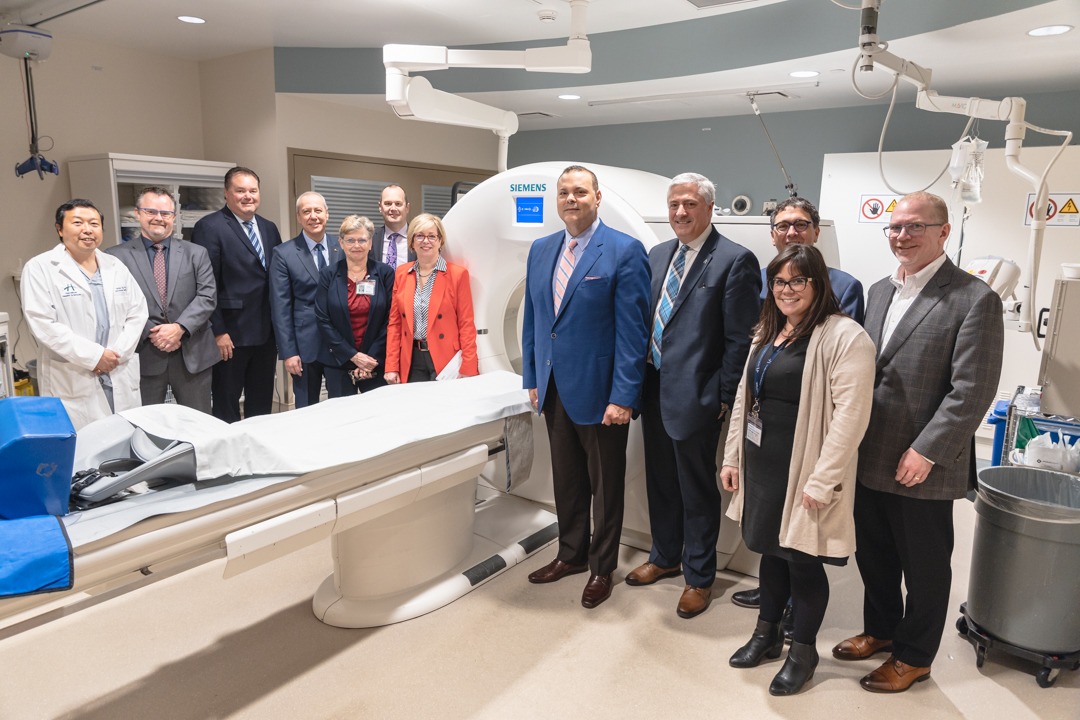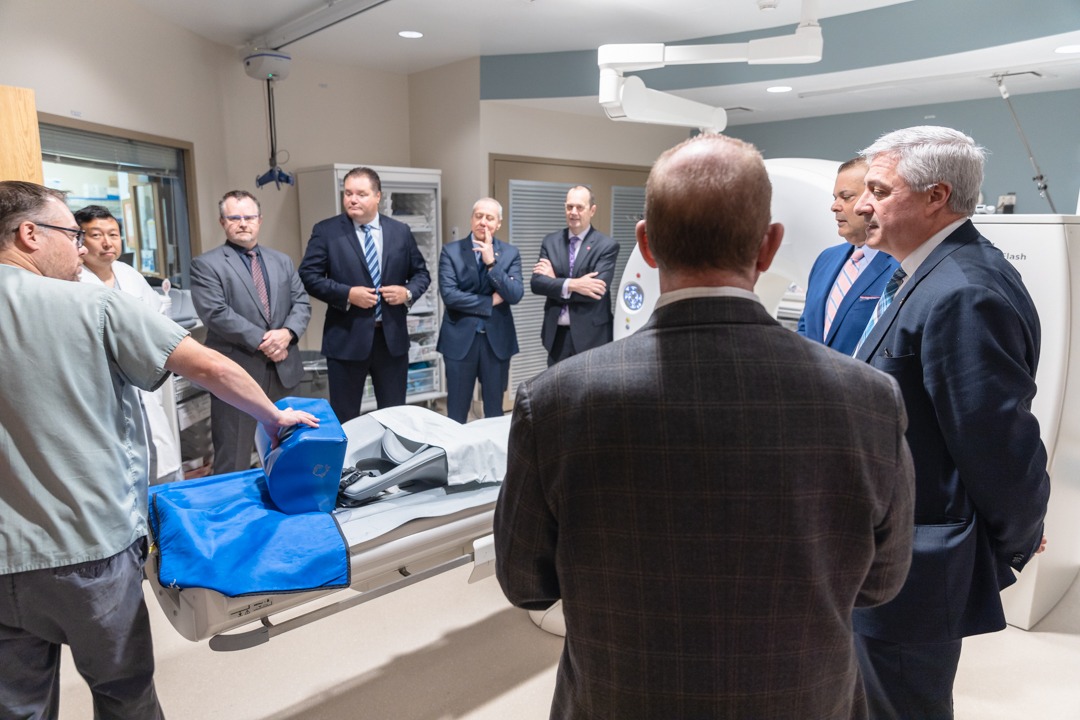
Diagnostic equipment contract to transform patient care
Hamilton Health Sciences (HHS) has signed a landmark agreement to replace and manage its diagnostic equipment. The contract is one of the first of its kind in Ontario, and will see HHS enter a long-term partnership with Siemens Healthineers to replace and maintain the hospital’s extensive fleet of equipment.
Watch a live stream of the announcement.


The new collaboration, structured as a Managed Equipment Service (MES) contract, is part of HHS’s ongoing transformation to ensure it remains a world-class healthcare organization. This MES contract is unique in that Siemens will not only maintain and replace equipment over the term of the partnership, but will help the hospital train staff and doctors, and co-design new processes so HHS can get the most out all new equipment.
“This is a part of our on-going transformation”
“This value-driven approach will ensure our staff and doctors have access to new and better tools so that they can do their best work for our patients and our community,” says Rob MacIsaac, HHS President and CEO. “This is a part of our on-going transformation to ensure we remain a sustainable, leading healthcare organization for years to come.”
Benefits of managed equipment contract
Over the next several years, HHS will work with Siemens to renew critical and rapidly-evolving diagnostic tools, such as X-ray machines, MRIs and CT scanners, essential to the majority of the patient care in our hospital system.
Key benefits include:
• Access to new and advanced diagnostic equipment, with evergreen replacement as technology evolves.
• Increased accuracy, speed and stability of our diagnostic imaging processes, achieving better diagnosis and treatment for patients.
• Faster urgent repairs and shorter planned downtime of equipment, with fewer procedure cancellations and shorter wait times for patients.
• Specialized training for staff, keeping our teams proficient as technology evolves and as new equipment is introduced in our facilities.
• Stable, predictable annual costs for new equipment, without the financial impact of unplanned downtime, equipment repairs or crisis replacement.
All of these benefits converge to achieve one thing: better care for our patients, no matter which of our hospitals they visit. The partnership takes effect April 1st.
